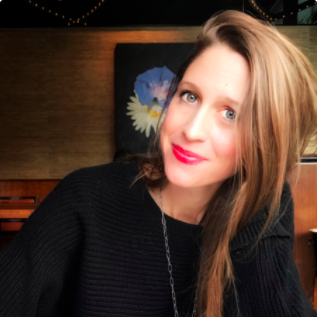The premise for MOOCs – Massive Open Online Courses - was simple. Educational institutions deliver free content to the masses, allowing a global community of online students to take part in the same courses that students at elite universities were completing in person. The philosophical expectations were lofty, as MOOC supporters saw this as the beginning of a new age of non-traditional learners participating in the finally accomplished democratic promise of higher education, social mobility, and professional attainment.
Except that the hype ended up outpacing the promise of the MOOC. And its lack of personalisation, both for the teacher and the student, was key. “One of the great ironies of online learning is that a tool created to foster personalised learning is actually quite impersonal,” says Smart Sparrow CEO Dror Ben-Naim in Wired.
While initial data demonstrate that MOOCs have lived up to their name, having generated massive enrollments, the completion rates have been dismal. “These findings should not be surprising,” says Ben-Naim. “MOOCs combine a set of existing tools that can be useful instructional supports, such as online lectures, social networks, and quizzes. But few professors would consider these technologies, together, as a substitute for the course experience.”
So how do we learn from the projected failure of the MOOC?
This question raises two more, says Ben-Naim, namely, is the traditional lecture experience worth replicating at all? And can online courses do better, by informing teaching and learning or even rethinking the approach entirely?
This question raises two more, says Ben-Naim, namely, is the traditional lecture experience worth replicating at all? And can online courses do better, by informing teaching and learning or even rethinking the approach entirely?
The latter consideration has been bolstered of late by the improvement of education technologies that now make personalised, adaptive, and interactive online courses possible. This is something that Smart Sparrow has been working on over the past seven years, working directly with teachers throughout the design process to create an online tool that meets their needs, as well as the needs of each individual student enrolled in the course. One early success story was an online course created by Arizona State University’s Ariel Anbar, called Habitable Worlds, or HabWorlds.
Teaching fundamental science concepts in the context of a realistic investigation into the possibility of alien life in the Universe, Habitable Worlds has now been offered to more than 1,500 ASU students. So what does it look like? “Engaging, simulative, digital content powered by pedagogical approaches that move beyond the one-size-fits-all lecture to individualize the learning experiences for each student,” says Ben-Naim.


